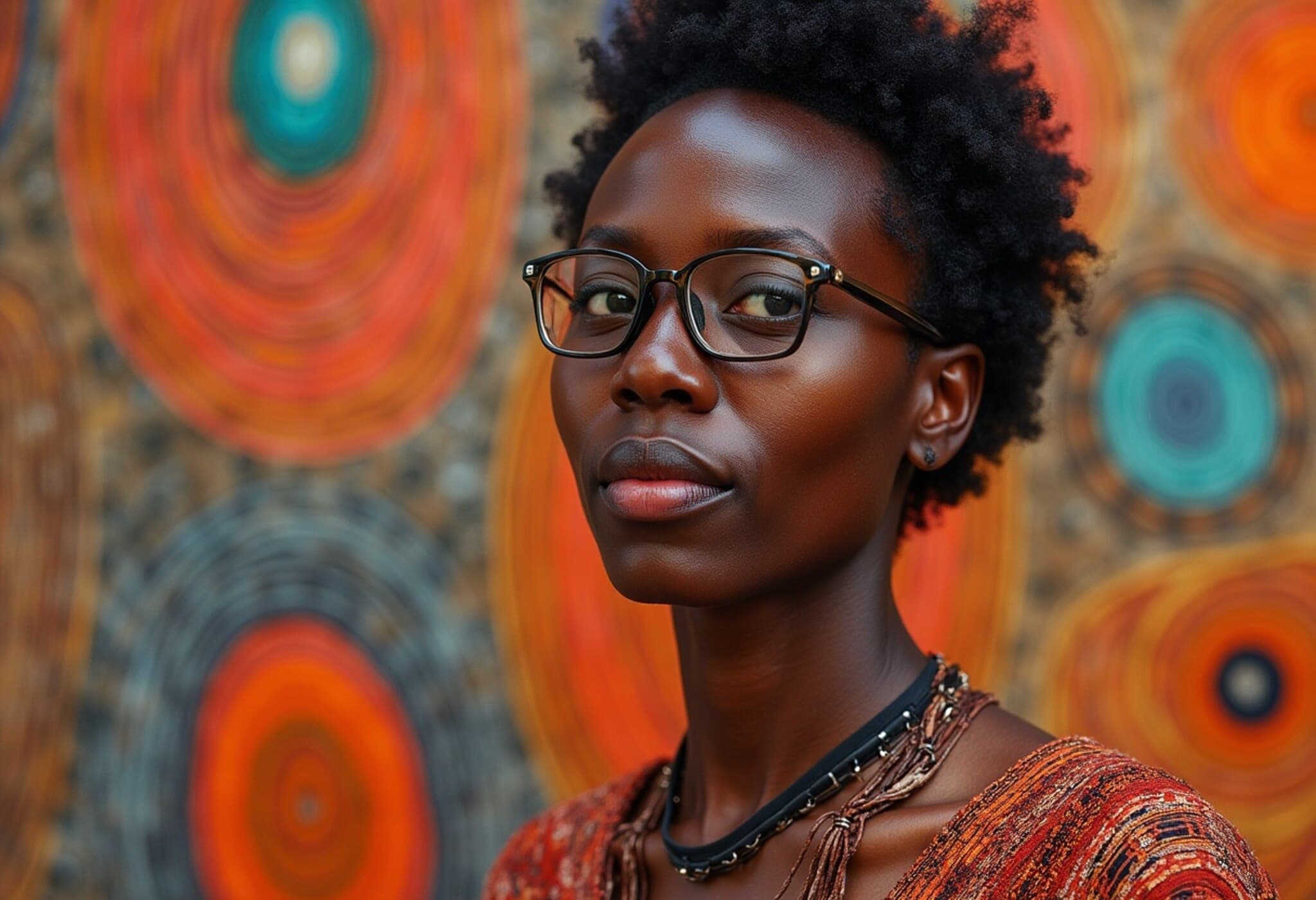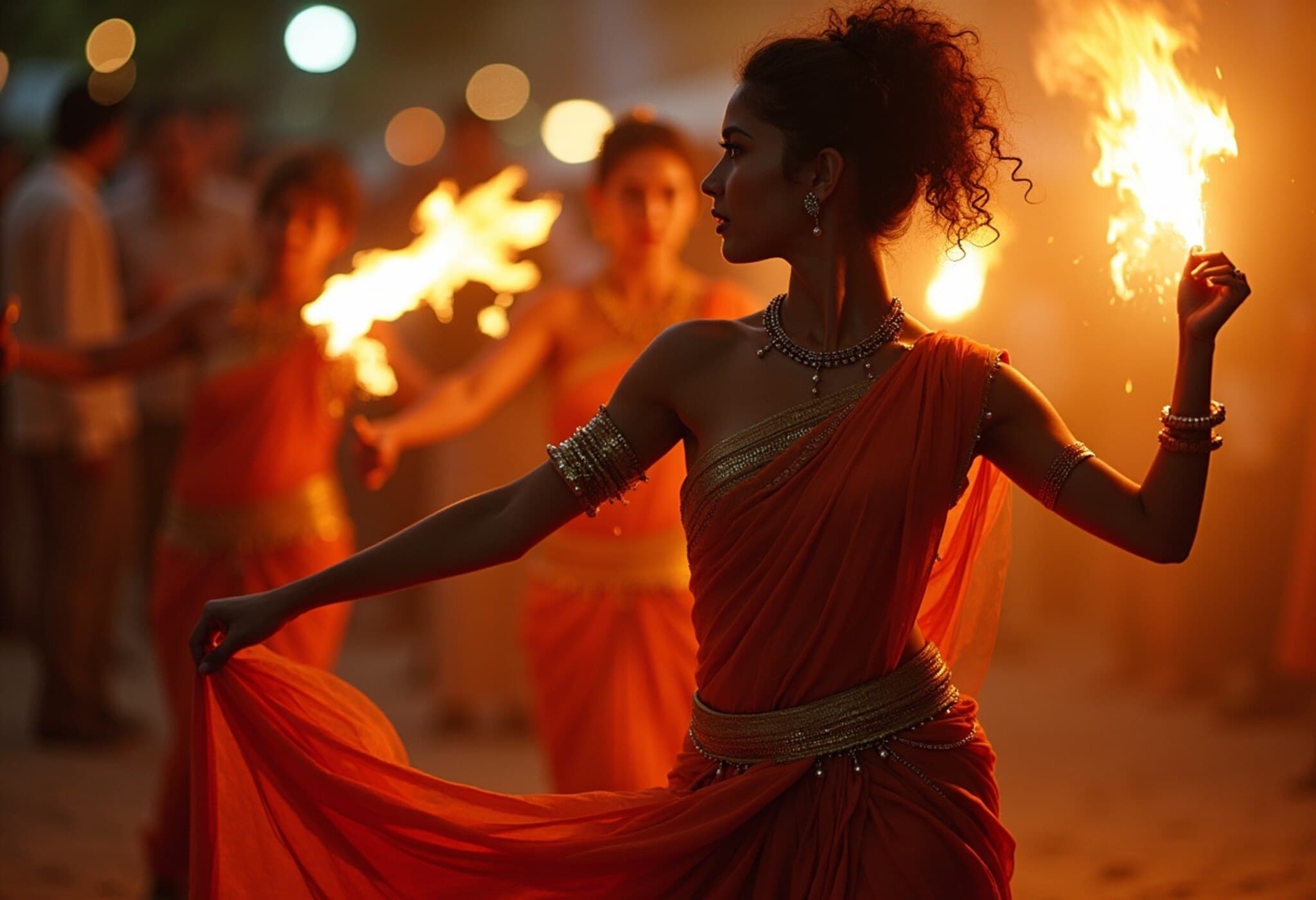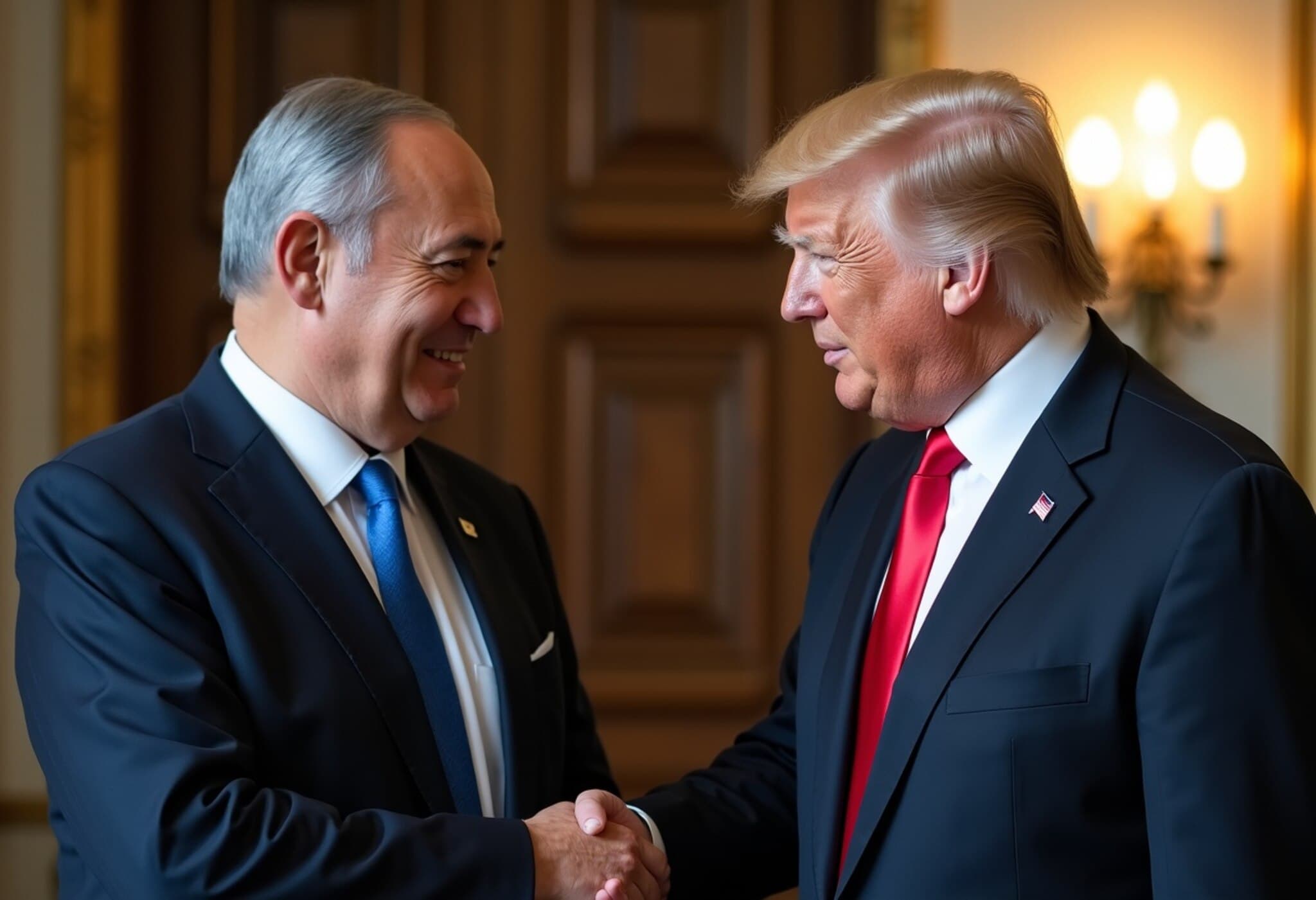From Rejection to Reverence: Emily Kam Kngwarray’s Artistic Odyssey
One of Australia’s most iconic Indigenous artists, Emily Kam Kngwarray, is finally receiving the international recognition she deserves. This week, London’s Tate Modern opens its first dedicated solo exhibition of her work, a dazzling showcase featuring more than 70 pieces that span her remarkable artistic journey.
A Late Bloomer with a Powerful Legacy
Born around 1910 on Anmatyerr Country, north of Alice Springs, Kngwarray began painting in her seventies—breathtakingly late in life—yet her distinct batiks and monumental acrylic canvases quickly captivated the art community. Having grown up immersed in ceremonial body painting, song, and storytelling traditions, her vivid artworks translate deep ancestral narratives and spiritual connections to her land, Alhalker.
The Untold Story: Britain’s Earlier Rebuff of Indigenous Art
While the current exhibition signals a significant breakthrough, it also shines light on a hidden chapter of cultural oversight. A recently uncovered letter from 1996 reveals that the Tate once declined an invitation to acquire Indigenous Australian artwork, including pieces by Kngwarray. At the time, the Tate’s director Nicholas Serota expressed reservations about engaging with Indigenous art, fearing unequal representation compared to other global contemporary movements.
In his letter to London gallery owner Rebecca Hossack, Serota referenced the gallery’s previous purchase of a Fred Williams landscape but dismissed the idea of incorporating Australian Aboriginal art or similar works from Africa and Latin America. This conservative stance epitomizes a broader hesitation within British art institutions throughout the late 20th century to embrace emerging or non-Western artistic voices.
Rebecca Hossack’s Reflections on the 1990s Art Landscape
Hossack, originally from Melbourne, champions Kngwarray’s transformative impact. She recalls how difficult it was to expand Britain’s art scene beyond conventional, Eurocentric narratives at the time.
“It’s really hard now, when the cultural landscape has changed so much, to imagine just how different it was back then,” Hossack said. “I kept reaching out to every museum, often without success. But occasionally, you did hit the jackpot.”
Interestingly, the Tate could have acquired Kngwarray’s work for less than £1,000, a modest sum relative to its current multi-million-dollar auction value.
Tate Modern’s New Chapter: Embracing Indigenous Storytelling
The Tate Modern, since establishing its global reputation after opening in the former Bankside Power Station in 2000, is marking a new commitment to expanding cultural representation. The exhibition positions Kngwarray not just as an artist but as a matriarch, storyteller, singer, and custodian of country, offering European audiences an immersive experience of her world.
“This exhibition offers a once-in-a-lifetime opportunity to discover Emily Kam Kngwarray’s potent paintings,” the Tate announced. By celebrating her spiritual engagement with the land and her vibrant legacy, the gallery hopes to inspire a deeper appreciation for Indigenous Australian perspectives.
Kngwarray’s Enduring Influence
Kngwarray’s story embodies profound resilience and cross-cultural significance. Meeting a white man only at the age of nine, she later worked as a stockhand before emerging as a powerful artistic voice. Although she spoke no English, her works articulate a universal language of connection, memory, and ancestral knowledge.
Hossack, who represented Kngwarray in London and visited her in Utopia, fondly recalls her spiritual strength and intimate, methodical painting process. Even as she dabbed her canvas with economic intensity—turning the work inward—her dignity and sense of fun radiated through her creations.
Contextualizing Indigenous Art in the Global Arena
Emily Kam Kngwarray’s belated but well-deserved global recognition highlights broader questions about institutional biases that have historically marginalized Indigenous art. The Tate’s initial hesitancy reflects a wider Western reluctance to dismantle entrenched artistic hierarchies—a hesitation mirrored in many leading museums globally.
Her ascent invites critical reflection on how cultural gatekeepers prioritize narratives and whose voices are spotlighted. Moreover, it emphasizes the urgent need for international institutions to actively seek, preserve, and celebrate Indigenous and marginalized artists’ contributions on their own terms.
Economic and Cultural Implications
- Market Value: Kngwarray’s works now command millions at auction, symbolizing both artistic merit and increased global demand for Indigenous art.
- Cultural Diplomacy: Exhibitions like Tate’s strengthen intercultural dialogues between Australia and Europe.
- Legacy Preservation: Promoting Indigenous artists encourages younger generations to embrace ancestral knowledge expressed through contemporary mediums.
Editor’s Note
Emily Kam Kngwarray’s journey—from relative obscurity and institutional rejection to international acclaim at London’s Tate Modern—illustrates both the enduring challenges and transformative power of Indigenous art within the global cultural landscape. Her story prompts us to reconsider how museums can become more inclusive and how art, transcending borders and languages, can bridge divides.
As we celebrate this milestone, we must ask: How can future cultural institutions avoid the blind spots of the past? What steps are needed to ensure Indigenous voices are not an afterthought but central to global art narratives? The answers will shape the evolving story of art history itself.






